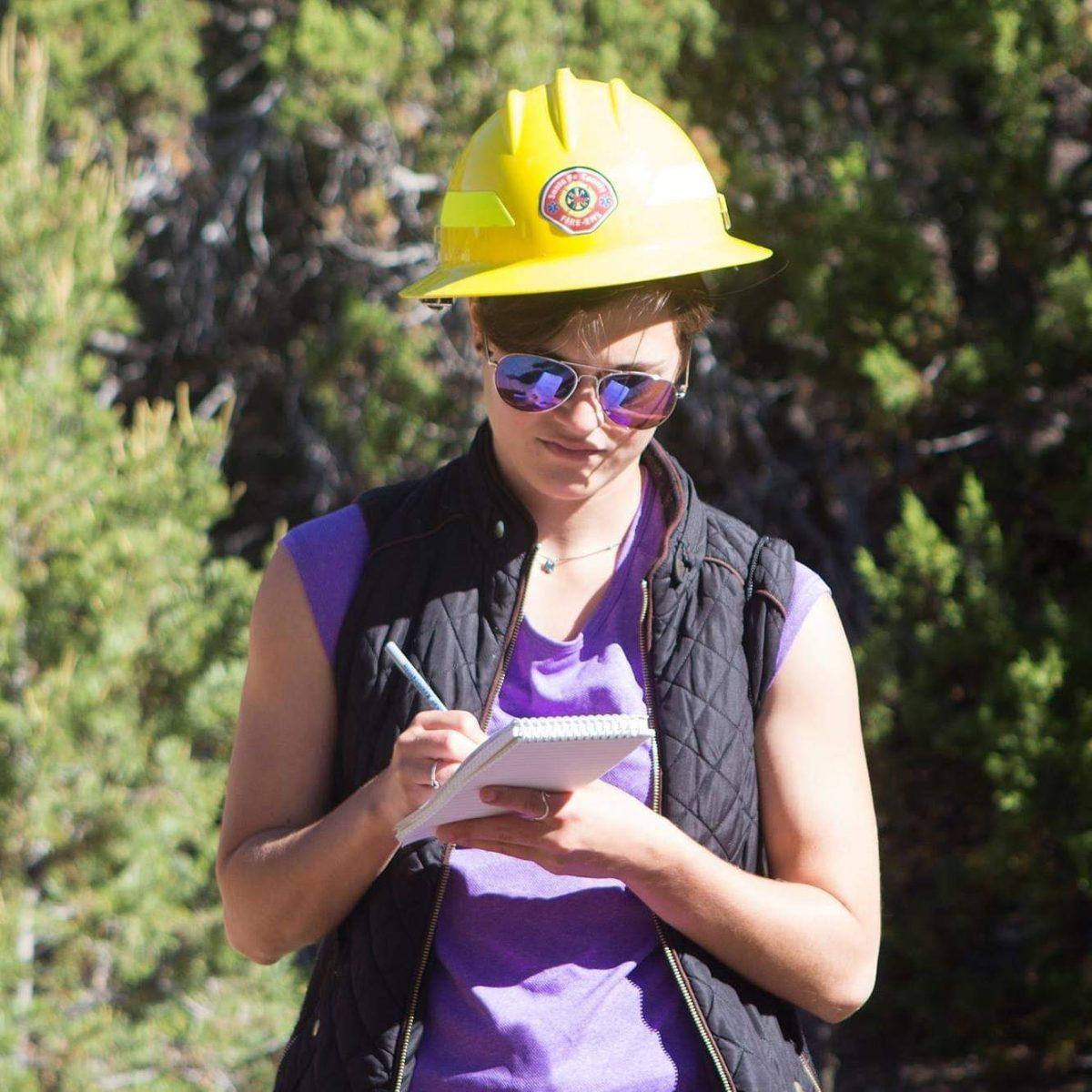Tim Kupsick Freelance Photographer
It’s no secret that some buildings on campus are a bit run-down, but according to University Facilities Services evaluations, 13 of the 36 major educational buildings are in “poor” or “very poor” condition.
Using information from an Oregon University System study, Facilities Services created the Facility Condition Index, which provides a breakdown of the various conditions of campus buildings based on how “worn out” each building is.
According to the index, as of Dec. 2003, Susan Campbell Hall and Condon Hall rank lowest in the facility condition hierarchy, while the Knight Law Center and Streisinger Hall rank the highest.
Susan Campbell Hall, which houses OUS Chancellor Richard Jarvis’s University office, was built in 1921. According to the index, its total deferred maintenance cost is almost $2.5 million, due in part to a portion of its asbestos-shingled roof that needs to be replaced.
Facilities Services Campus Operations Director George Hecht said the main reason so many buildings have gone downhill is because there were no capital repair funds in the economy of the ’80s and ’90s.
“The campus as a whole accumulated a lot of worn-out parts and pieces,” he said.
Overall, the University has built up about $125 million in deferred maintenance costs, which is the amount it would take to completely repair every building on campus, Hecht said. He added that the deferred cost of all universities in the OUS has reached about $500 million.
Condon Hall’s total deferred costs add up to more than $5.5 million, according to the index. Parts of the
building are in need of cooling systems, but not everyone seems to mind.
Mary Milo, geography department and graduate secretary, has worked on the bottom floor of Condon for four years, and she said she prefers fresh air.
“I like the building because the windows open,” she said, adding that she likes the old-fashioned style of the building as well.
“It has its own charm,” she said.
Hecht said it is difficult to maintain the condition of the buildings with current state budget cuts, and things could get worse.
“You know you’re living on borrowed time,” he said.
Funding for such work comes from the state and is allocated to the OUS. Currently the University receives approximately $3.8 million for capital repair funds, but Hecht said the University would need about three times that amount to maintain the building’s current conditions while continuing with some repairs.
“That would be enough just to keep us even every year,” he said.
He said the OUS approached the state Legislature last year with a proposal to increase funding for repairs that would cover the $500 million over the next 10 years, but it didn’t pass.
“Because the state financial picture was so bleak last year, we could not advance the bill,” he said. “It would have really solved a lot of problems.”
He said another way of getting funding is to seek out donations. As people become more interested in the University, many decide they want to donate funds to contribute to repairs or to new buildings, such as with the Lillis Business Complex.
“We’ve had a number of buildings that have been fixed up and improved that way,” he said.
Milo said the geography department’s main office entrance and lunchroom in Condon Hall have undergone remodeling, including fresh paint and new cabinets, thanks to alumni donations.
But not all departments and colleges are able to raise the money necessary for needed repairs, Hecht said.
“Unfortunately, not every building on campus has been able to get a donor,” he said.
Despite a tight budget, Hecht said two main areas — utility systems and building roofs — have been well-maintained in terms of leaks and decreased power outages.
“Those are two big success stories,” he said.
However, Associate Vice President for Budget and Finance Frances Dyke said she doesn’t see overall conditions getting better anytime soon.
“Until we get a financial reinvestment from the state, we’re not going to get any better,” she said.
Dyke said if Measure 30 fails, it will create a greater build-up of deferred costs. However, “we’re not out of the woods even if Measure 30 passes,” she said.
She added that Facilities Services is doing the best it can under the circumstances.
Hecht said he has hope for the future of campus buildings although it is a widespread problem.
“Everybody’s struggling with this,” he said. “Everybody’s trying to find a solution.”
He said he feels students are the most important reason for keeping buildings up to par.
“The reason we’re all here is for the students to get their education,” he said.
Contact the higher education/student life/student affairs reporter
at [email protected].








